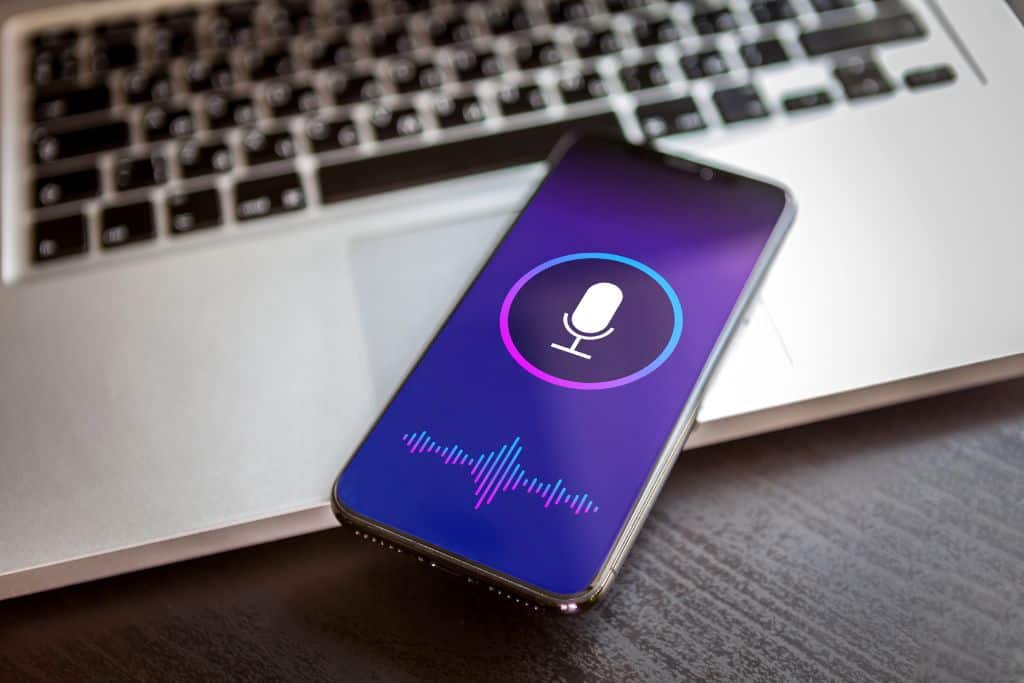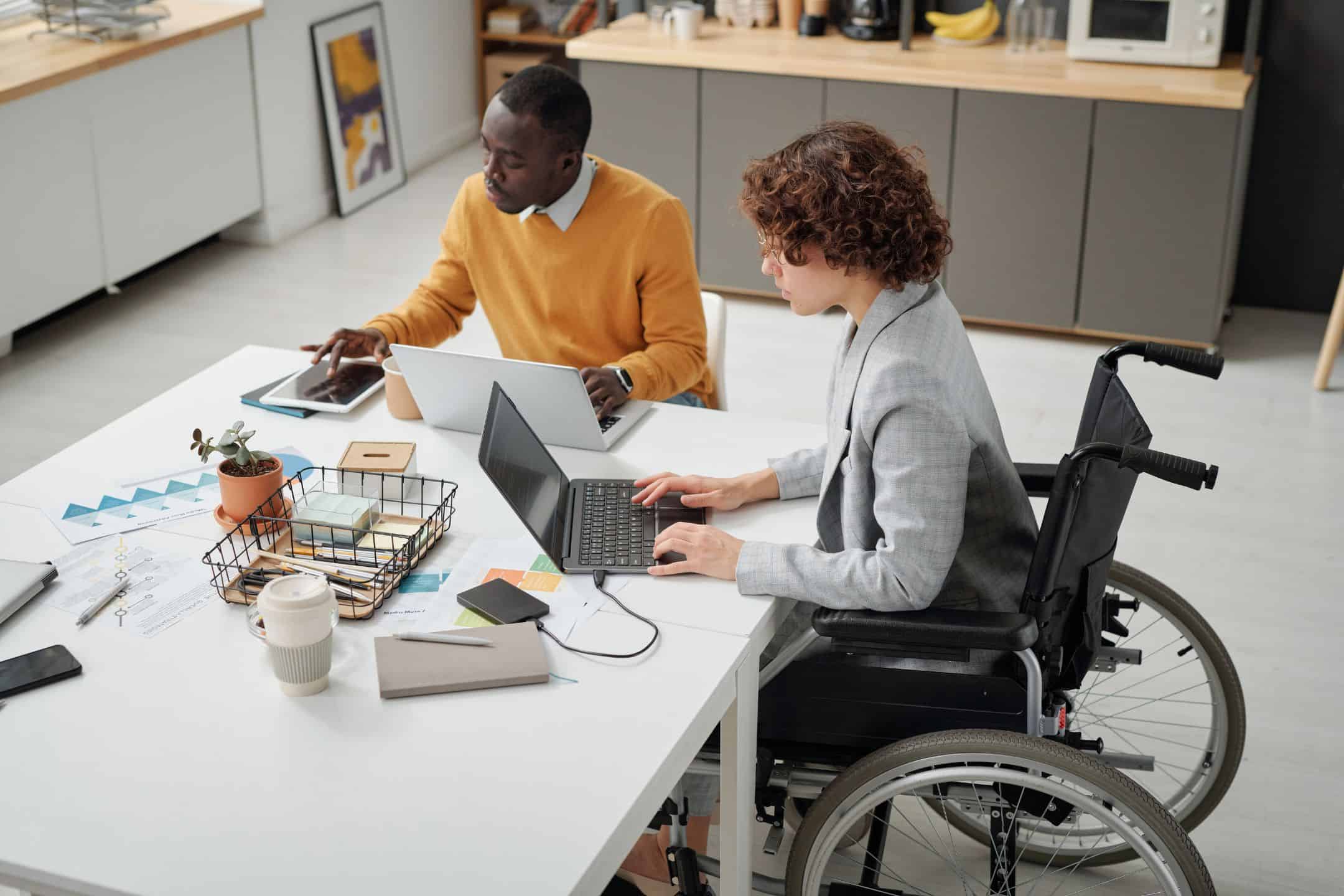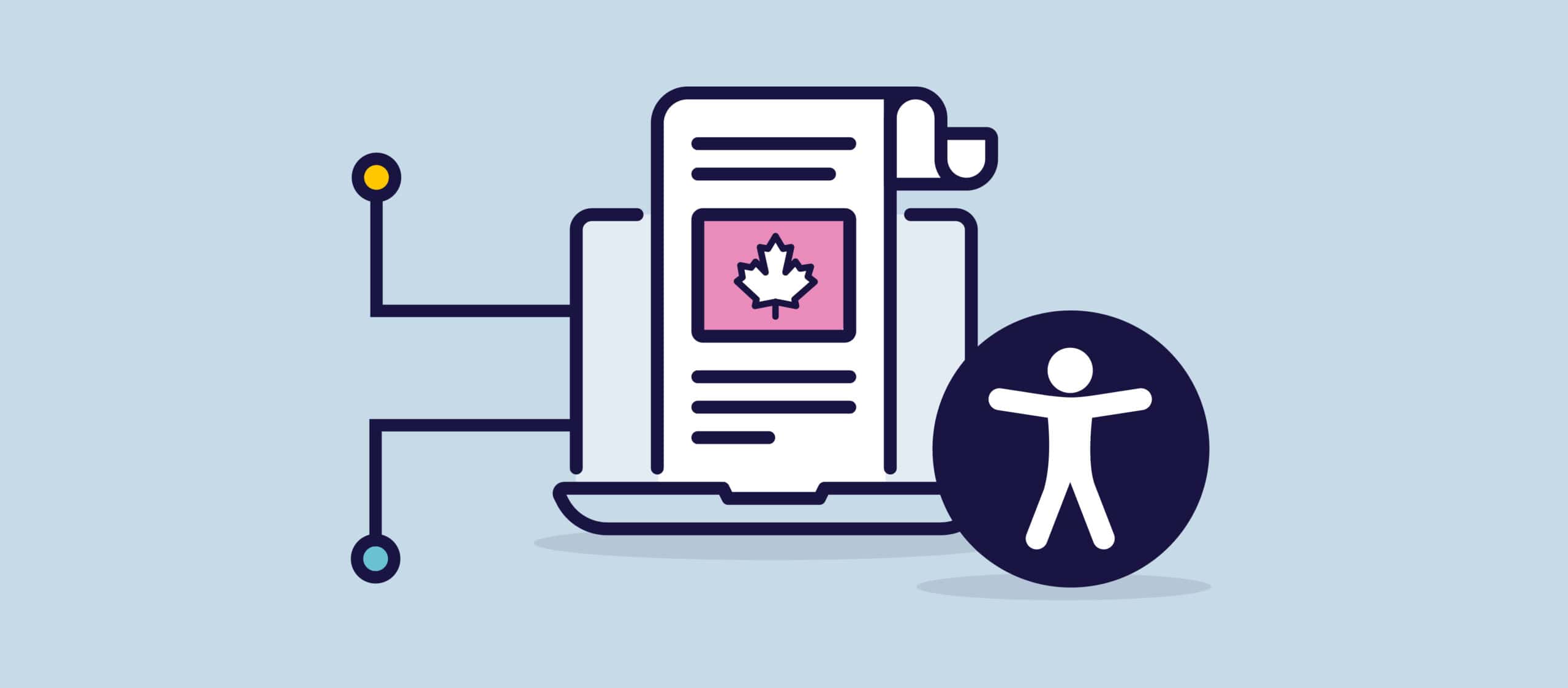Assistive technology is revolutionizing the way individuals with disabilities interact with the world. From allowing the visually impaired to ‘see’ through innovative gadgets to enabling the mobility-challenged to navigate environments with ease, this field is breaking barriers and expanding horizons. By fostering independence, enhancing capabilities, and promoting inclusivity, assistive technology is not just about devices and software; it’s a movement that embodies empathy, innovation, and human potential. In this article, we will explore various examples of assistive technology that are transforming lives and provide insights into how these advancements are shaping a more accessible future.
Whether you are a caregiver, a professional in the field, or simply curious about technological innovation, this exploration will reveal the profound impact that these tools are having on individuals and society as a whole.
What is assistive technology?
Assistive technology refers to devices, systems, and tools specifically designed to help people who have disabilities perform functions that might otherwise be difficult or impossible. This broad field encompasses a wide range of products and services, from simple, low-tech tools like magnifiers and large-print books to complex, high-tech devices such as voice-controlled computers and customized mobility aids. The primary aim of assistive technology is to enhance the independence, capabilities, and overall quality of life for individuals with physical, sensory, cognitive, or communication impairments. By bridging gaps and eliminating barriers, assistive technology plays a vital role in fostering inclusivity and enabling people with disabilities to participate more fully in everyday activities, education, and employment.

Types of assistive technology
Assistive technologies are categorized based on the specific needs they address and the functionalities they provide. Here’s an overview of the different types available to people with disabilities:
- Mobility Aids: Wheelchairs, prosthetics, walkers, and scooters designed to assist individuals with physical disabilities in moving independently.
- Communication Aids: Speech-generating devices, symbol boards, and specialized software help those with speech or language impairments to communicate effectively.
- Vision Aids: Tools like screen readers, Braille displays, and magnifiers serve those with visual impairments, enabling them to read, write, and perceive their surroundings.
- Hearing Aids: Devices such as hearing aids, cochlear implants, and amplified phones are tailored for individuals with hearing loss to enhance their ability to perceive sound.
- Cognitive Assistance Tools: Software and devices that aid memory, organization, and time management are particularly helpful for individuals with cognitive impairments or learning disabilities.
- Environmental Control Systems: For those with severe physical disabilities, these systems enable control over household appliances and other aspects of their environment through voice commands or other interfaces.
- Adaptive Computer Access: Specialized keyboards, mice, voice recognition software, and other tools allow individuals with various disabilities to access and utilize computers and the internet.
- Eating and Personal Care Aids: Utensils, dressing aids, and other tools designed to help with daily personal care tasks for those with limited dexterity or mobility.
- Educational Tools: Specific software, devices, and materials tailored to support individual learning needs, helping students with disabilities to participate fully in educational settings.
- Transportation Aids: Modified vehicles, accessibility features in public transport, and related services cater to the unique transportation needs of individuals with disabilities.
- Recreation and Leisure Aids: These include adaptive sports equipment, art tools, and hobby-related devices that allow individuals with disabilities to enjoy leisure activities.
- Health Monitoring and Medical Devices: Various technologies that support health management, including medication reminders, fall detection, and specialized medical equipment for home use.
By offering such diverse and tailored solutions, assistive technologies play a crucial role in enhancing the autonomy, inclusion, and overall well-being of individuals with disabilities, catering to their unique requirements across various aspects of life.Top of Form
What are the three levels of assistive technology?
Assistive technology can be broadly classified into three levels, each offering different degrees of complexity and support. These levels help to identify and match the technology with the specific needs and capabilities of individuals with disabilities.
- Low-Tech Assistive Technology:
- Definition: Low-tech assistive technology refers to simple, non-electronic tools or devices that aid individuals with disabilities.
- Examples: Large print books, handheld magnifiers, pencil grips, and non-slip mats.
- Application: Generally more affordable and easier to use, these solutions provide essential support without requiring specialized training or significant financial investment.
- Mid-Tech Assistive Technology:
- Definition: Mid-tech assistive technology includes electronic or battery-operated devices that offer more advanced functionalities than low-tech options.
- Examples: Audio books, electronic calendars, voice amplifiers, and basic communication devices.
- Application: These tools provide more specialized support and often include features like customization. Though more complex than low-tech devices, they are usually user-friendly and require minimal training.
- High-Tech Assistive Technology:
- Definition: High-tech assistive technology encompasses complex, often computerized systems that provide sophisticated solutions for individuals with disabilities.
- Examples: Speech-generating devices, computer-access aids with eye-tracking technology, advanced prosthetic limbs, and environmental control systems.
- Application: These technologies are designed to address more complex or severe disabilities, offering cutting-edge solutions. High-tech devices may require significant training, ongoing support, and a larger financial investment.
In essence, these three levels of assistive technology offer a wide spectrum of solutions ranging from simple, everyday aids to highly specialized and advanced systems.

What are the five Ps of assistive technology?
The “5 Ps” is a comprehensive framework that outlines key considerations in the effective implementation and utilization of assistive technology. It emphasizes a holistic approach, ensuring that technology truly meets the individual needs of people with disabilities. Here’s an explanation of each of the 5 Ps:
- Person:
- Definition: The first P emphasizes the individual who will be using the assistive technology.
- Application: Understanding the unique needs, preferences, capabilities, and goals of the person is paramount. This includes an evaluation of the specific disability, the individual’s daily routines, lifestyle, and how the technology fits into their existing environment.
- Purpose:
- Definition: This aspect focuses on the specific function or goal that the assistive technology is intended to fulfill.
- Application: Clearly defining the intended outcomes and how the technology will aid in achieving those outcomes ensures that the tool is directly aligned with the user’s needs. This could range from enhancing mobility to facilitating communication.
- Product:
- Definition: The product refers to the actual assistive technology device or tool itself.
- Application: Selection of the appropriate product requires consideration of features, usability, compatibility with other devices, cost, and availability of support and training. The product must be a good match for both the person’s needs and the intended purpose.
- Policy:
- Definition: Policy includes legal, ethical, and institutional frameworks that affect the availability and utilization of assistive technology.
- Application: Understanding policy implications involves considering aspects like insurance coverage, legal rights (such as under the Americans with Disabilities Act), governmental programs, and institutional support. This ensures that the individual can access and utilize the technology within the existing regulatory landscape.
- Place:
- Definition: Place refers to the physical environment where the assistive technology will be used.
- Application: This involves evaluating and adapting the physical space to ensure compatibility with the technology. It could require modifications to the home, workplace, school, or community environment to ensure that the technology can be used effectively and safely.
Together, the 5 Ps framework ensures that the selection, implementation, and ongoing use of assistive technology are carried out in a manner that is person-centered and contextually relevant.
Conclusion
Assistive technology stands as a testament to human ingenuity and compassion, bridging the gap between limitations and possibilities. From simple, low-tech aids to cutting-edge, high-tech solutions, this field is continuously evolving to meet the diverse and unique needs of individuals with disabilities. Whether enhancing communication, fostering independence, or enabling participation in education and employment, assistive technology is more than mere tools and devices. It is a lifeline that connects individuals to their dreams, goals, and community. By embracing the principles of person-centered design, purpose alignment, product selection, policy understanding, and place adaptation, we are not merely creating tools; we are shaping a more inclusive and empathetic world. The true power of assistive technology lies not just in innovation but in its ability to transform lives, break barriers, and create a future where everyone can thrive.




